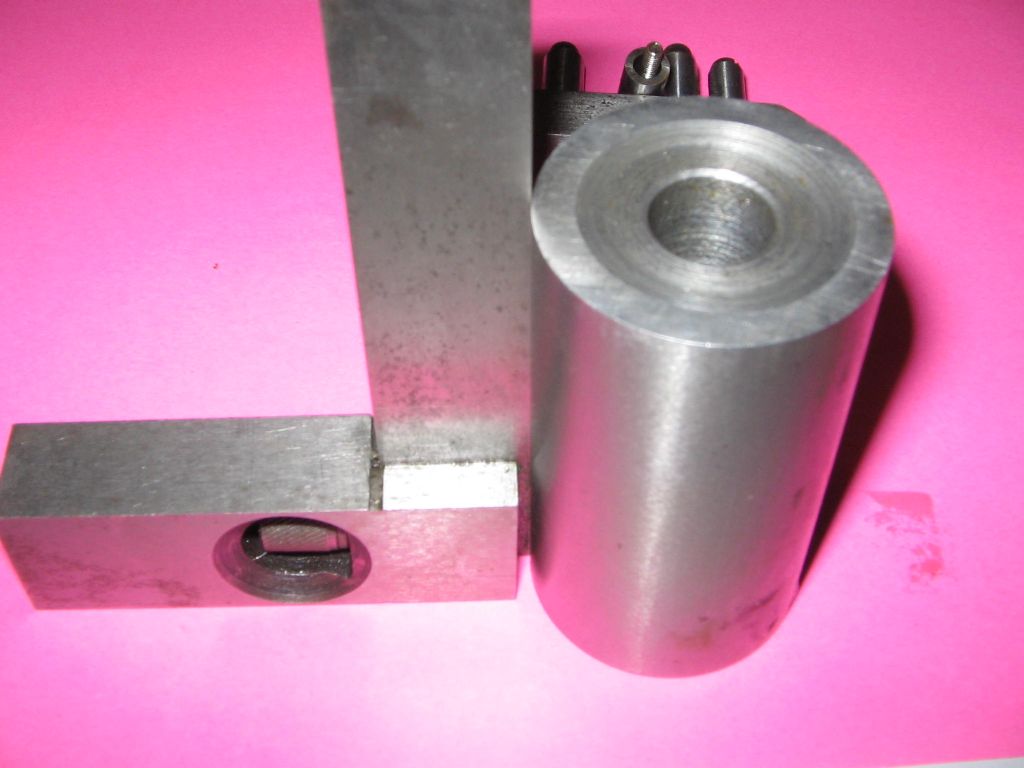Forgotten engineering techniques
Forgotten engineering techniques
- This topic has 236 replies, 68 voices, and was last updated 4 April 2015 at 15:06 by
Gordon W.
- Please log in to reply to this topic. Registering is free and easy using the links on the menu at the top of this page.
Latest Replies
Viewing 25 topics - 1 through 25 (of 25 total)
-
- Topic
- Voices
- Last Post
Viewing 25 topics - 1 through 25 (of 25 total)
Latest Issue
Newsletter Sign-up
Latest Replies
- Bench vice
- Unimat 3 – loose feed screw
- Finding Unified rivnuts
- Pulley taper – Herbert B drill
- A new benchmark for cheap tat ?
- ER25 Collet holder @ 2MT w/ 3/8″ BSW drawbar?
- First cuts with the lathe
- Harold Halls Workshop Projects book?
- Building Bernard Tekippe’s Precision Regulator
- Setting the top slide to turn a Morse taper





